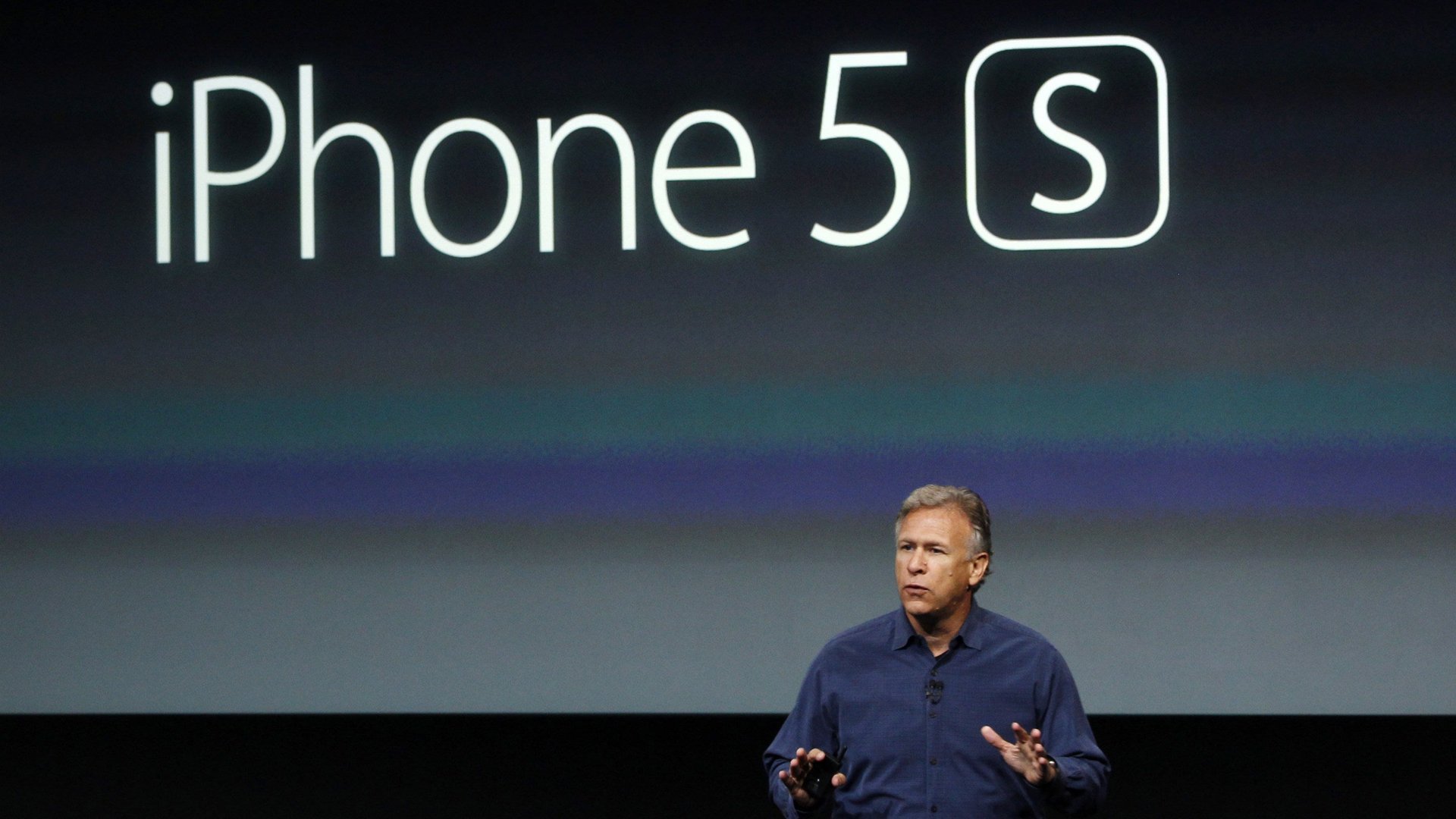The iPhone 5S just brought us closer to the internet of things and a world of constant surveillance
Sensors have played a role in mobile devices for years, even if it was simply a compass designed to help phone users find their bearings (in the woods, supposedly). Yet at Apple’s iPhone launch today, the company announced a “motion co-processor,” the M7 chip, on its higher-end iPhone 5S. The chip’s job is to continuously monitor the phone’s motion sensors—its accelerometer, a gyroscope and compass.


Sensors have played a role in mobile devices for years, even if it was simply a compass designed to help phone users find their bearings (in the woods, supposedly). Yet at Apple’s iPhone launch today, the company announced a “motion co-processor,” the M7 chip, on its higher-end iPhone 5S. The chip’s job is to continuously monitor the phone’s motion sensors—its accelerometer, a gyroscope and compass.
Again, these sensors in themselves are nothing new. But dedicating a special chip to watch them is. The M7, paired with something called the CoreMotion API—a piece of software that delivers the motion data in usable form to any app that requests it—means app developers will now be able to put Apple’s sensors to more use.
One such app, featured in Apple’s announcement, is the Nike+ Move app. It seems to be a way to get your phone to keep track of your every step, much like Nike’s Fuelband wrist monitor or similar devices like the Fitbit Flex or the Jawbone UP. It remains to be seen why Nike would give people a reason not to buy its Fuelbands.
But this is just part of a broader trend towards always-on sensors.
Samsung, in its Galaxy S3 and S4 phones, puts the standard accelerometer to some novel uses; for instance, you can turn over the phone to reject a call or zoom in and out of a picture by moving the phone back and forth. But the recently-launched S4 also includes temperature and humidity sensors. Users can make the most of them by downloading apps such as WeatherSignal, which turns your phone into a miniature measuring station for a crowd-sourced weather map.
Motorola’s new Moto X is always listening. Its built-in audio chip specializes in noise cancellation and speech recognition. (Samsung devices too can listen out for specific words, like “Hello Samsung”). Yet the device will also “anticipate” user movements, according to AllThingsD. Hold your phone up as if you’re about to take a photo and the camera will switch on for you.
Such devices could hasten the advent of the “internet of things,” a vision of a world in which countless mundane objects, from shoes to cars to doors, are connected to, and can be monitored and controlled over, the internet. The problem with the vision is that it’s costly to put sensors in lots of things. But a phone’s built-in sensors can do a lot of the same tasks.
Thanks to the ubiquity of mobile phones, some of these kinds of data are already being compiled. Google Maps, for instance, collects data on the movements of millions of phones that use the app to build up detailed maps of traffic. If all phones had temperature and humidity sensors, WeatherSignal could do the same for weather. Sound data could provide information about neighborhoods that are particularly noisy or even help police pinpoint disturbances.
Aside from the obvious privacy concerns, up to now one of the main obstacles to always-on sensors in phones has been that they drain battery power. We don’t yet know whether the new iPhone will solve that problem. But you might as well get used to the idea that your phone is passively collecting more information on you than ever.